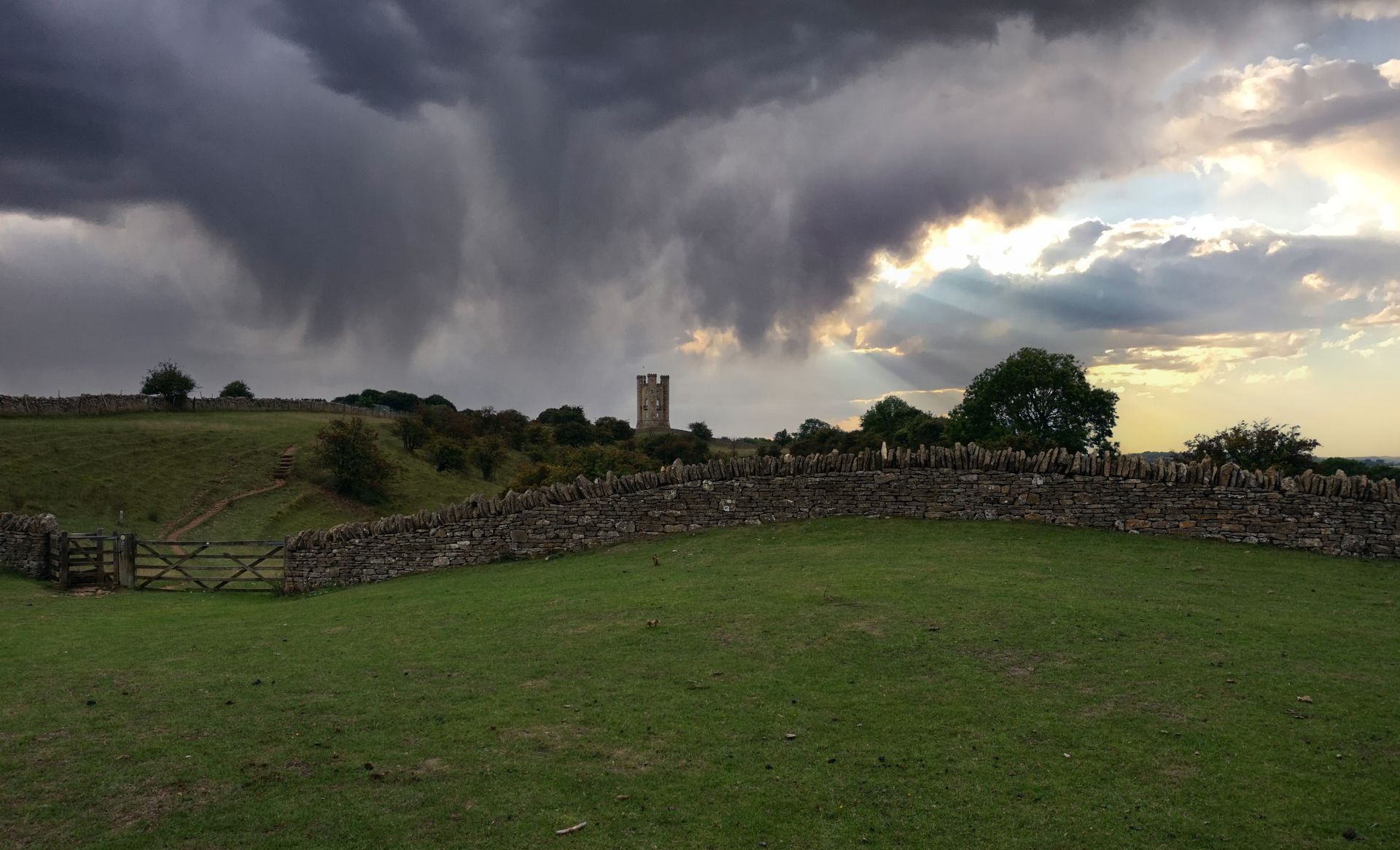5 Cotswolds Locations That Inspired Tolkien
Discover the folklore, landscapes, and legends that helped shape a fantasy world beloved across the globe

There are places in England that feel ancient, alive, and quietly magical, where history feels older than memory, where villages and hillsides seem to hum with forgotten stories. The Cotswolds is such a place. Rolling hills, golden stone villages, crooked lanes, and doorways that look like they belong to another age — it’s not hard to imagine hobbits wandering here, or a weary Ranger stopping for a pint by the fire.
J.R.R. Tolkien knew this countryside well. He walked its lanes, drank in its inns, and wandered its hills. Many believe he drew on these landscapes when shaping the Shire, Bree, and the more mysterious edges of his world.
The Bell Inn, Moreton-in-Marsh – Bree’s Prancing Pony
In the bustling market town of Moreton-in-Marsh sits The Bell Inn, a pub that Tolkien himself is said to have visited. Step inside and the air is thick with woodsmoke and history.
It’s not hard to imagine this as The Prancing Pony, the inn at Bree where hobbits first encounter Strider. The low beams, the lively chatter, the feeling that anything could happen in a corner booth — it all feels very much like stepping into the pages of The Lord of the Rings.
St Edward’s Church, Stow-on-the-Wold – The Doors of Durin
In Stow-on-the-Wold, the north porch of St Edward’s Church is framed by two ancient yew trees that seem to be growing right out of the stone.
Stand before this door and the centuries fall away. Many Tolkien fans see here the inspiration for the Doors of Durin, the western gate of Moria. Whether or not Tolkien had this exact doorway in mind, the mood is unmistakable: a threshold between worlds, a door that asks to be whispered open with the right word.
Broadway Tower – A Watchtower of Middle-Earth
Perched high on the Cotswold escarpment, Broadway Tower rises out of the landscape like something from legend. Its lonely, commanding presence recalls Amon Hen, the Seat of Seeing.
On a clear day you can see across thirteen counties. It’s easy to imagine Frodo standing on such a height, torn between choices, feeling the pull of the Ring while gazing across vast lands.
The Four Shire Stone – Crossing the Boundaries
Just outside Moreton-in-Marsh lies the Four Shire Stone, once marking the meeting point of Gloucestershire, Warwickshire, Oxfordshire, and Worcestershire.
It’s a simple, weathered stone, but it carries a sense of crossing into another place.
This is said to have inspired The Three-Farthing Stone that marked the point where the borders of the Eastfarthing, Westfarthing and Southfarthing of the Shire came together. It was also said to mark a point near the centre of the Shire itself. This was the end of comfort for Hobbits and the beginning of adventure.
The Rollright Stones – The Barrow-downs
Few places in the Cotswolds feel as steeped in myth as the Rollright Stones, a circle of weathered megaliths on a windswept ridge. Local legend tells of witches turning men to stone, of kings who tried and failed to conquer the hill.
For Tolkien fans, this circle is often linked to the Barrow-downs, that eerie landscape east of the Shire where the hobbits fall under the spell of the Barrow-wights. The atmosphere here is uncanny: the stones lean and huddle together like ancient guardians, and the air seems heavy with secrets. It is a place where folklore and Middle-Earth overlap almost seamlessly.
